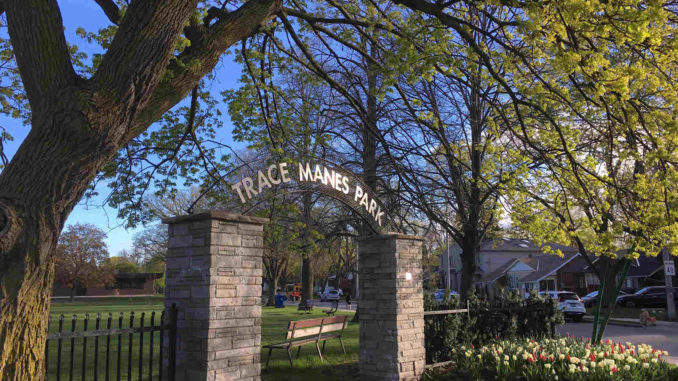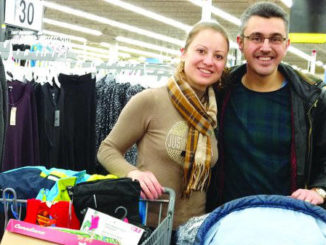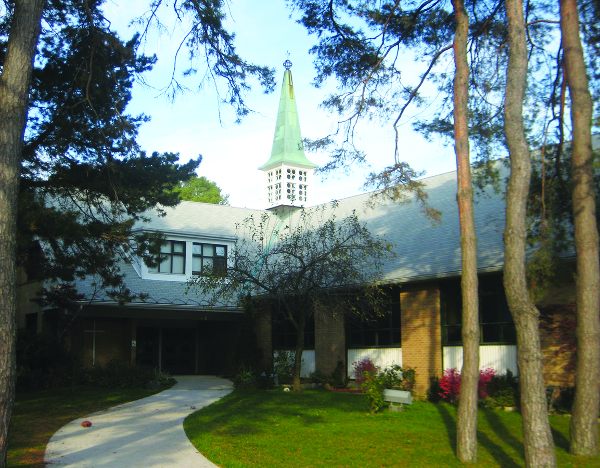
$21,626,130
The total dollar value of the 10 detached homes that sold in Leaside in the month of February, according to the Toronto Real Estate Board (TREB).1
7
The average number of days those 10 homes were on the market before they sold.1
Only one area in the City of Toronto sold faster in February – what’s known as C06, according to TREB – the part of North York running along the extension of the Spadina subway between Dufferin and Bathurst north of Wilson to Steeles Ave.
The average home in C06 sold in just four days, not even time for a proper vacation.
I mention these two real estate figures not because my column has anything to do with the crazy state of real estate in the area – been there, done that – but because it makes a nice lead-in to the real subject of my column, which is to paint a picture of Leaside, by the numbers.
Some of these have very little to do with business. Thankfully, our wonderful editor, Jane Auster, lets me improvise. So, here goes:
4.2%
We’re very fortunate here in Leaside.
According to the Alliance for a Poverty-free Toronto and Social Planning Toronto, 4.2% of the children in the area 17 or under live in low-income households, the lowest in the city. By contrast, just down the road in Thorncliffe Park, once officially part of Leaside, that number balloons to 53%, the second highest poverty rate in the city behind Regent Park. Perhaps Sarah’s Food Drive should become a year-round event.2
43
That was the population of Leaside when it was officially incorporated on April 23, 1913. We’ve grown some since then. The 2011 census had us pegged at 16,975. Of course, that doesn’t include the residents of the first two buildings of the Aspen Ridge condominium development on Brian Peck Crescent. With 363 units between them, that’s got to add another 500 people, with more to come once the 316 units in Building 3 are fully occupied.3
However, according to the City’s 2016 census numbers, Leaside’s population actually dropped to 16,828, a decline of 1.1% since the 2011 census. Interestingly, the 2011 census highlighted the fact there were 375 men living in Leaside who were 85 years or older compared to 325 women. Hmm…I wonder what that means?
84%
That’s the percentage of Leasiders in the 2011 census who said their mother tongue was English; not surprisingly, the average for the entire city was 54%. Just 1% identified French as their mother tongue, although 16% of us said they had knowledge of both official languages.4
85%
We’re an educated bunch.
85% of residents in the 2011 census said they had attained a postsecondary
certificate, diploma or degree compared to 69% for the City of Toronto as a whole.4
$85,039
If you can’t guess this one, you’re probably not going to get any of the others. It’s the median after-tax household income for Leaside, 63% higher than the city average. The percentage of households in Leaside with after-tax incomes of $80,000 or more was 52% in 2011 compared to 29% for the entire city.4
It’s important to keep in mind that these numbers are estimates based on the 2011 National Household Survey rather than official numbers based on the entire population, but it makes sense given the cost of homes here.
67%
That’s the percentage of residents 15 or older (13,010) who were participating in the labour force in 2011; 8% of them were unemployed, about the same as the average for the entire city.4
10
That’s the ranking of Leaside-Bennington (I’m always forgetting our southernmost residents) in Toronto Life’s 2015 issue ranking of all 140 Toronto neighbourhoods based on 10 categories [crime, transit, health, housing, shopping, community, schools, diversity, entertainment, employment] with housing, crime, and transit weighted the highest at 15%, 13%, and 11%, respectively.5
This was actually quite an elaborate study done in conjunction with the University of Toronto’s Martin Prosperity Institute.
Ten out of 140 is pretty darn good. It’s better than the bottom 10, that’s for sure. Our worst score of the 10 categories was diversity, where we were a woeful 14.8 out of 100. Only the Beach (or Beaches) did worse in this category. I doubt residents of either neighbourhood would be terribly surprised.
Interestingly, when it came to crime, Old East York (across the Millwood Rd. bridge) did much better than Leaside, which has a lot of break-ins.
0
The number of statistics left to be revealed in this column.
We’d love to hear from readers about statistics you feel are worth mentioning in Leaside Life. If there’s enough interest, we’ll make Leaside by the Numbers a regular column.





